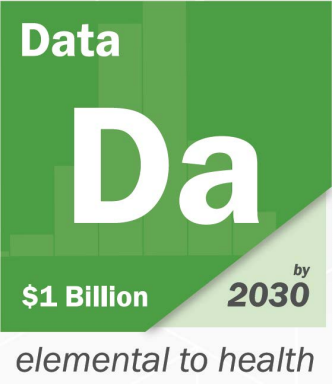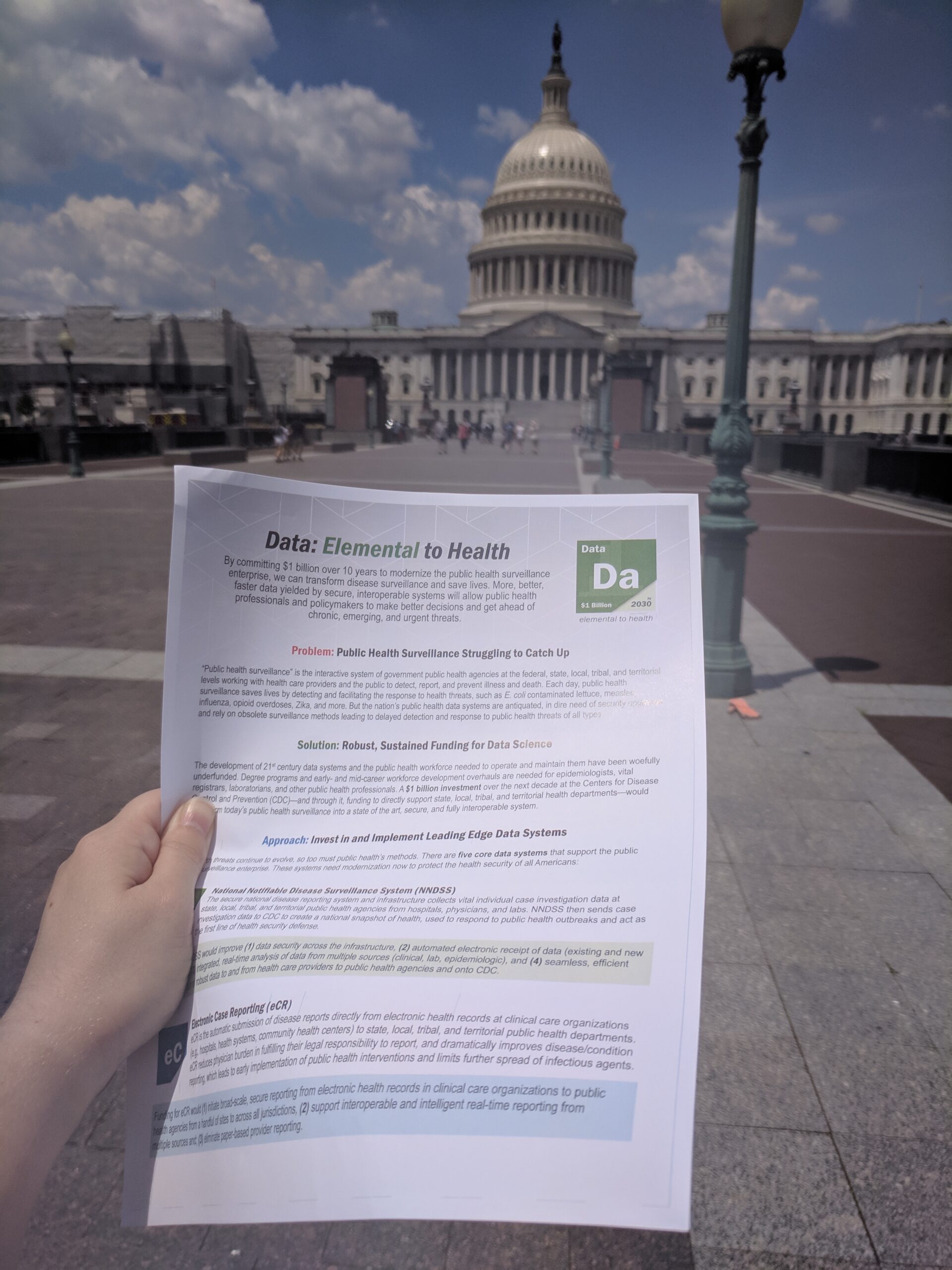Public Health Data Systems: Time for an Upgrade

 Infectious disease outbreaks. Opioid overdoses. Chemical exposures. When threats like these arise, we rely on public health surveillance efforts to identify and address them. However, our current systems are outdated and disjointed, hindering the ability of public health professionals to respond to such crises in a timely manner. On June 27, 2019, the Association of Public Health Laboratories (APHL), the Council of State and Territorial Epidemiologists (CSTE), the Healthcare Information Management Systems Society (HIMSS), and the National Association for Public Health Statistics and Information Systems (NAPHSIS) held a Capitol Hill briefing focused on the critical need to update America’s health surveillance and data systems. The event, “Data: Elemental to Health,” coincided with the submission of a letter to the Senate’s Labor, Health and Human Services, and Education Appropriations Subcommittee urging them to match the House Appropriations bill in providing funding to the Centers for Disease Control and Prevention (CDC) to transform the public health surveillance enterprise. The letter, with 90 signatories including Research!America, also expressed support for a budget deal to raise the caps and avoid a $55 billion cut to non-defense discretionary programs, including those at CDC.
Infectious disease outbreaks. Opioid overdoses. Chemical exposures. When threats like these arise, we rely on public health surveillance efforts to identify and address them. However, our current systems are outdated and disjointed, hindering the ability of public health professionals to respond to such crises in a timely manner. On June 27, 2019, the Association of Public Health Laboratories (APHL), the Council of State and Territorial Epidemiologists (CSTE), the Healthcare Information Management Systems Society (HIMSS), and the National Association for Public Health Statistics and Information Systems (NAPHSIS) held a Capitol Hill briefing focused on the critical need to update America’s health surveillance and data systems. The event, “Data: Elemental to Health,” coincided with the submission of a letter to the Senate’s Labor, Health and Human Services, and Education Appropriations Subcommittee urging them to match the House Appropriations bill in providing funding to the Centers for Disease Control and Prevention (CDC) to transform the public health surveillance enterprise. The letter, with 90 signatories including Research!America, also expressed support for a budget deal to raise the caps and avoid a $55 billion cut to non-defense discretionary programs, including those at CDC.
Janet Hamilton, Director of Science and Policy for the Council of State and Territorial Epidemiologists, kicked off the panel by discussing the state of the public health surveillance systems in the United States, which she described as “antiquated.” Paper records, phone calls, and manual data entry are still in widespread use. The failure to update these systems means causes a delay in detecting and responding to public health threats, leading to “lost time, lost opportunities, and lost lives.” Ms. Hamilton called for a holistic “enterprise approach” to fix this problem, highlighting the importance of sustained investments from the federal government.
Christian Lillis, Co-founder and Executive Director of the Peggy Lillis Foundation, told the compelling personal story of his mother, Peggy Lillis, who died from community-acquired Clostridium difficile (also known as C. diff) at the age of 56, shortly after taking antibiotics prescribed by her dentist. People who take antibiotics are at higher risk for C. diff infection. Mr. Lillis commented that with better surveillance, the medical professionals treating his mother might have been alerted that three other people in the community had recently died from C. diff infection. Potentially, his mother’s death could have been prevented. Reiterating the need for increased funding, he stated “our public health system is stuck in the 1970s,” noting, “Technology is not the problem. Political will is the problem.”
Joanne Bartkus, PhD, Director of Minnesota’s Public Health Laboratory, spoke about the varied testing that is performed in public health laboratories. She explained that they receive specimens from different places and report to a variety of partners, requiring them to deal with different types of data and data systems that aren’t standardized or connected to each other. She noted that they are generating more ‘big data’ such as whole-genome sequences, which require additional visualization techniques in order to make full use of the data. Dr. Bartkus also highlighted that due to difficulties in reporting, some diseases are significantly underreported in the United States. She stated that “our need for data is dynamic” but “the systems we have in place were created for static data”.
Anne Schuchat, MD, Principal Deputy Director of the Centers for Disease Control, was the final speaker in the panel. She reiterated that the CDC’s public health data systems are massively outdated, stating that the American public would be “shocked.” She spoke about wanting to move from the world where we are right now, which is reactive and always a step behind, to a world that is predictive and able to prevent public health crises before they occur. In addition to the need for modernized technology and capabilities, she underscored the importance of a trained, public health workforce, expressing optimism that there has never been so many young, “data-enabled” people interested in public health. She also emphasized the need for innovation in order to keep pace with new opportunities such as machine-based learning and artificial intelligence. In closing, she said, “I think there is an existential threat to public health,” stating that the technology is ready, and “it’s really the right time.”
Learn more on Twitter and check out #Data #ElementalToHealth to join the conversation on securing federal funding to update our public health surveillance systems.
This blog post was written by Rebecca Mandt, a policy intern at Research!America. The policy internship is supported by the Burroughs Wellcome Fund.




